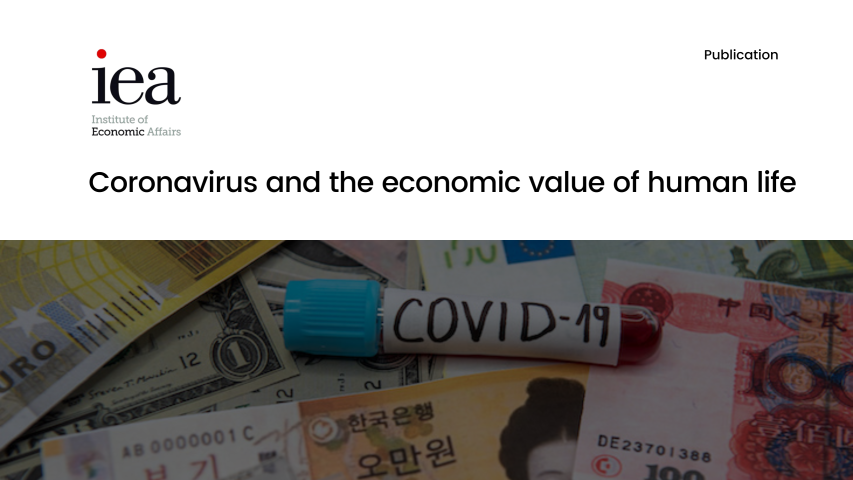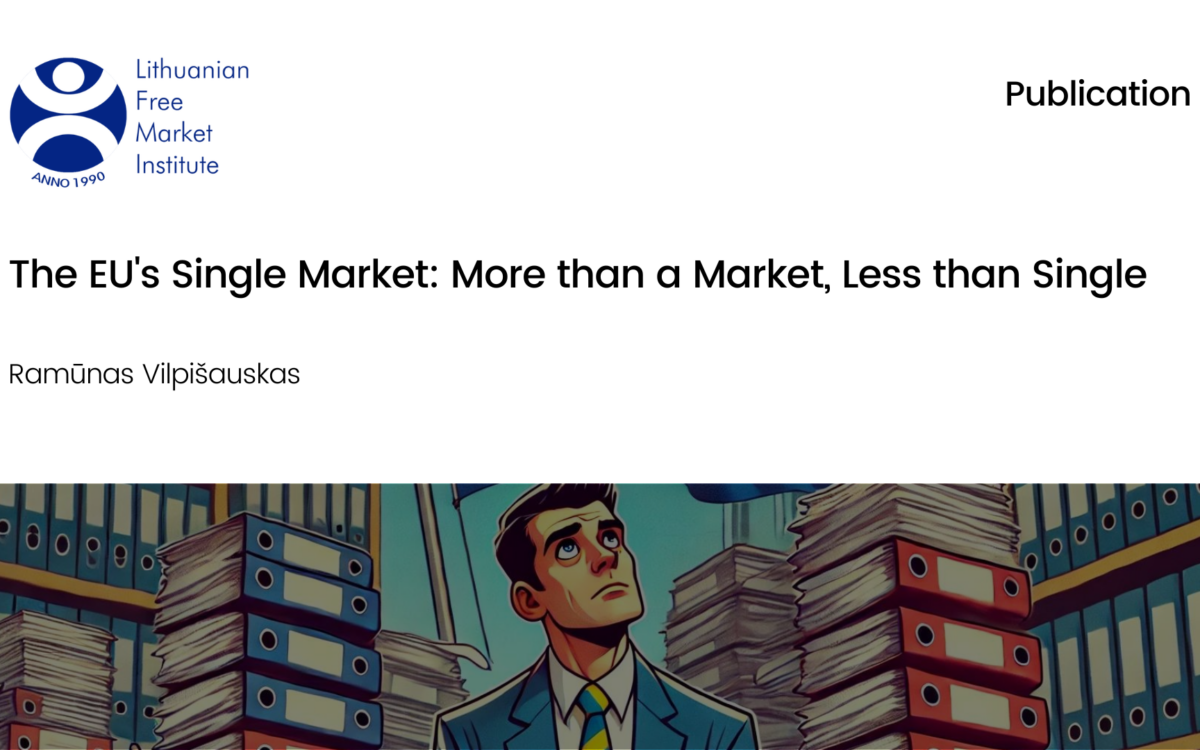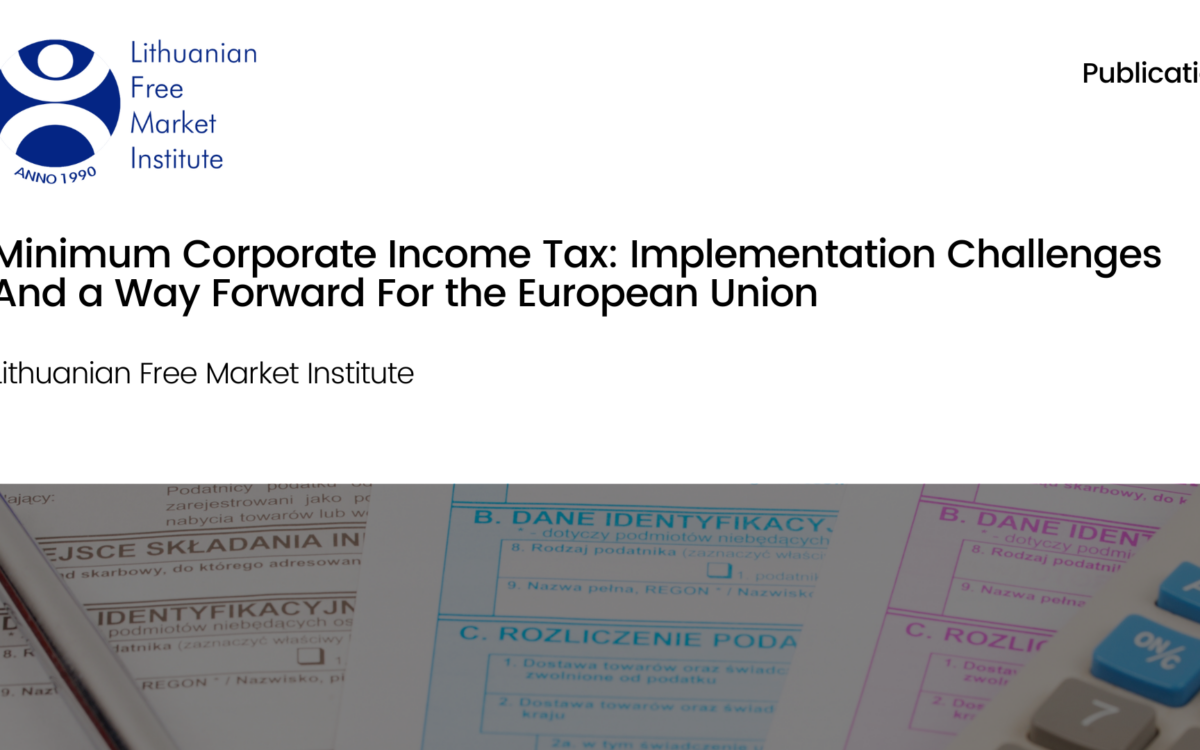Coronavirus and the Economic Value of Human Life

Coronavirus and the Economic Value of Human Life
25 June 2020
The Covid-19 crisis has provided many grim examples of some familiar problems in health economics and cost-benefit analysis, and of the ‘tragic choices’ that sometimes need to be made.
Policymakers frequently have to put a monetary value on a human life when deciding how to use limited resources in the fairest way. This value is often based on the number of years that a person might have left to live and the quality of that life (the concept behind ‘QALYs’). It is therefore perfectly reasonable to take account of the fact that the mortality rates for those with Covid-19 are far higher for elderly people, and for those with pre-existing health problems.
It is also important to be aware of the ‘identifiable victim’ problem. This may lead policymakers to focus too much on those people who might be at risk of dying of Covid-19, and not enough on less visible costs, including any harms done to others as a result of the government’s own actions.
However, there may be a risk too of over-estimating the economic and fiscal costs of the lockdown itself. This is the problem of identifying the ‘counterfactual’, or what would have happened anyway even if the authorities had not responded in the way that they have.
In particular, the economy was already weakening before the official lockdown began. Many people were changing their behaviour without being directed by the state and will continue to do so. In turn, at least some of the fiscal costs have been unavoidable. But there is still plenty of evidence that the lockdown has compounded the economic hit.
This recession is also unprecedented. GDP will have fallen by a relatively large amount in a relatively short period of time. But the economy could still rebound relatively quickly, as the threat from Covid-19 recedes. A temporary pause would be far less costly than a prolonged slump.
International comparisons are complicated by different local conditions, including geography, demographics and the underlying health of the nation. These factors may have helped to limit the impact of Covid-19 on some countries, notably New Zealand and Sweden, while hampering others, including Italy and the UK.
This makes any cost-benefit analysis of policy interventions extremely challenging, not least given the difficulty of comparing apples (deaths from Covid-19), oranges (other less visible impacts on health and wellbeing) and pears (economic and fiscal costs). However, the longer the lockdown remains in place, the greater the margin by which the costs are likely to outweigh the benefits.
It may still be right to focus on the impact on health and wellbeing rather than any short-term economic costs. But the balance is shifting even on this score, given the growing evidence of harms that the lockdown is doing to others, including patients who are not getting treated for other conditions, and younger people who are missing out on education and job opportunities.
In addition, the longer the economy is kept shuttered, the greater the risk that the damage will be permanent, making it that much harder to pay for better public services and infrastructure in the future.
Download or share this publication
View the PDF
EPICENTER publications and contributions from our member think tanks are designed to promote the discussion of economic issues and the role of markets in solving economic and social problems. As with all EPICENTER publications, the views expressed here are those of the author and not EPICENTER or its member think tanks (which have no corporate view).



